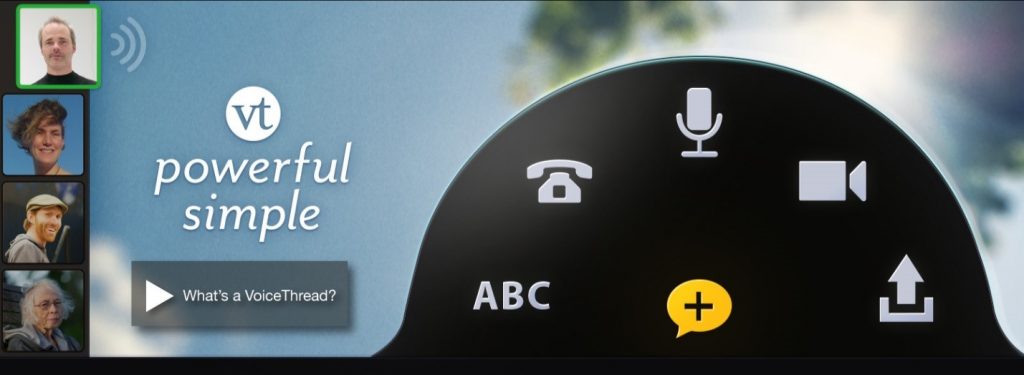Intersections: Incorporating, not Indigenizing
By Prof. Anna Bartosik (ESL)
I am not an expert on Indigenous knowledge.
Neither are you, I am guessing.
The Truth and Reconciliation Commission issued Calls to Action addressing federal, provincial, and territorial governments, in collaboration with survivors, Aboriginal peoples, and educators to “provide the necessary funding to post-secondary institutions to educate teachers on how to integrate Indigenous knowledge and teaching methods into classrooms.” It also asked the government to revise the Newcomers to Canada kit to reflect the diverse histories of the Aboriginal peoples of Canada. Colleges and universities are being challenged in the press by First Nations Métis Indigenous (FNMI) communities to deliver material which addresses, and is sensitive to, the needs and issues of FNMI.
I currently teach primarily international students in the English as a Second Language program.
What do Indigenous peoples, Canadian newcomers, and international students have in common? All three groups have unique needs which are not being satisfactorily met within the Canadian education framework and all have a difficult time having their voices heard.
Some teachers may be thinking about creating content for their courses to “indigenize” their teaching. May I suggest an alternate approach? In this post, I’d like to share some tools from my arsenal which illuminate the use of existing Indigenous content for storytelling. Allow me to share how I have incorporated Indigenous content into an ESL curriculum with existing course objectives, focusing on a narration and storytelling unit in a low intermediate listening and speaking class. The content includes a story told by Paula Laing from the Indigenous Centre for Learning and Support.
Because ESL is an academic preparation program for English language learners, oftentimes, the course objectives may not have an explicit, unifying theme; instead, objectives focus on discrete grammar and language tasks, such as writing academic essays, or becoming familiar with the uses of the present perfect tense. Many of the objectives in the ESL curriculum, especially at lower levels, are task-based. The demanding academic curriculum strains teachers in delivering coursework that is meaningful and relevant to all learners. Feedback I receive from students is that they appreciate whenever I provide a Canadian context to their learning because it makes them feel more connected to the community they live in.
Some of my inspiration for creating these activities stems from ennui. Course books which were published 10 years ago do not address issues relevant to learning today. ESL course books appear to be particularly disconnected from today’s reality, which a glance at #ELTcoursebookart on Twitter will attest. Combining relevance, interest, Indigenous content, and course outcomes is a task – and I am ready for the challenge.
I used VoiceThread, an online recording tool which allows students to narrate stories with text, voice or video. Learners can create or collaborate on VoiceThreads and templates can be used as story starters and to spark ideas. http://voicethread.com.

Screenshot of www,voicethread.com by Anna Bartosik
Our class had had a visit from Paula Laing, who agreed to be recorded, and whom I consulted on each step of this activity development. She told the class the story of the cornhusk doll with no face.

Photo: Anna Bartosik
I used VoiceRecordPro, an iPad app, to edit the story and then created a separate slide in VoiceThread for each part of the story. I had taken photos when Paula came to my class, so I used a combination of my personal photos with some Shutterstock images. The flexibility of VoiceThread allowed me to incorporate formative assessment and reflection pieces alongside a predicting skills exercise. After each slide, students were guided to a Google Form, prompting them to make predictions, answer comprehension questions, or write their reflections, and then tell a story which is rooted in their own culture – one they might have heard often growing up. I also used the VoiceThread features to add definitions of words which Paula had used, timing their appearance on the screen.
Feedback about this activity was overwhelmingly positive from students and from teachers who have heard me present on this process.

Screenshot from www.voicethread.com by Anna Bartosik
I’ve taken the use of Indigenous knowledge and storytelling and applied it to other aspects of my professional life as well. In developing some online TESL courses for the University of Manitoba, I included oral stories of residential schools that had been transcribed for a reading activity. It is difficult to make reading interactive, so I chose to have the pre-service teachers create a thinkaloud screencast as they read the residential school stories; the activity modeled how they might approach reading when teaching response writing. The recordings were part of the reflective component of the course.
Students were warned that the material would be graphic; no one objected to participating in this non-graded activity. The stories in this reading were harsh and real and disturbing. They were chosen to push the pre-service teachers to consider what real Indigenous content can look like. The discussion board lit up after the thinkaloud activity. We had some fruitful and thoughtful exchanges about what we might include (the story about the children taken away from their parents) and what would make us uncomfortable addressing in class (the rape story, which took place in a residential school).
It’s worth remembering that our discomfort, combined with challenging materials, may have a place in the classroom beyond a pretty image of a medicine wheel, appropriated as a graphic organizer for a writing activity.

